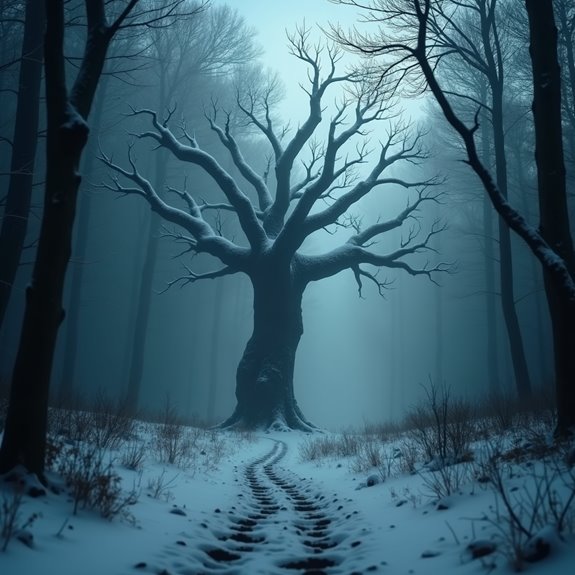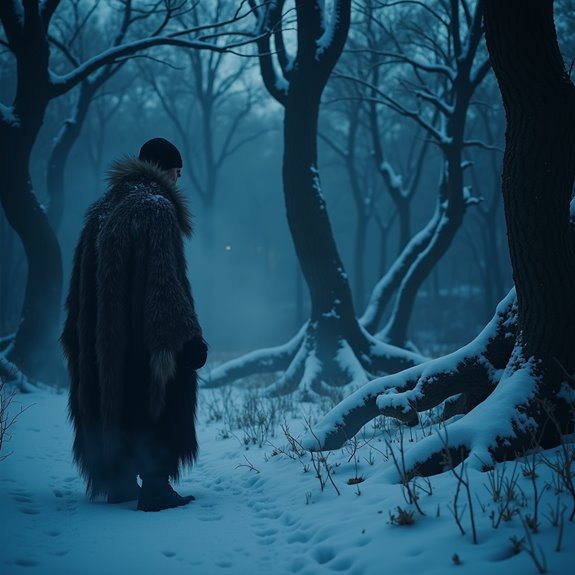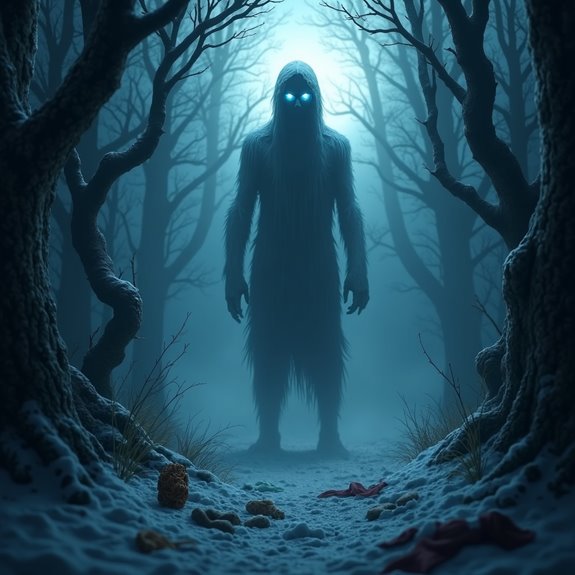Is the Wendigo a Warning or a Real Monster?
The Wendigo has long captivated the imaginations of many, straddling the line between myth and reality. For some, it’s a chilling embodiment of human greed and moral decay. Others believe in its physical presence, with eerie sightings fueling the fear around it. This prompts the inquiry: is the Wendigo simply a cautionary tale, or is it a genuine creature lurking in the shadows? Exploring these perspectives reveals the complexities surrounding this legendary figure.
Introduction

The legend of the Wendigo has captivated the imagination for generations, drawing people in with its haunting tales of greed and insatiable hunger. Originating from various Indigenous cultures, this mythical creature symbolizes the dangers of unfettered desire and moral decay. Descriptions often paint it as a formidable figure, gaunt and emaciated, resembling a blend of human and beast. Its chilling presence serves as a cautionary tale, warning against the perils of selfishness and the consequences of overindulgence. As communities share stories around campfires, they emphasize the importance of balance and harmony with nature. This narrative encourages listeners to remain vigilant against the lurking dangers of their own desires, shaping the Wendigo into a powerful metaphor for both spiritual and societal caution.
Algonquian Tribal Folklore Origins

Wendigo stories emerge primarily from the Algonquian tribes of North America, where they’ve been woven into the cultural fabric for centuries. Originating among various tribes, these tales reflect deep-seated beliefs about balance, survival, and the consequences of greed. The Wendigo is often depicted as a spirit embodying insatiable hunger, representing the dangers of excessive desire and the loss of humanity. Tribes used these narratives to instill moral lessons, warning against the perils of famine-induced cannibalism and the fragility of the human condition. Through oral traditions and storytelling, the Wendigo evolved into a powerful symbol of fear and caution, reminding community members to respect nature and each other as they navigate the harsh realities of life in the wilderness.
Notable Cases or Sightings

Throughout history, numerous sightings and encounters with the Wendigo have sparked intrigue and fear across North America. One of the most striking cases occurred in 1878, when a man named Swift Runner was arrested and confessed to murdering and cannibalizing his family, claiming he had become possessed by the creature. In another chilling incident, a teenager in the 1990s reported seeing a tall, emaciated figure lurking in the woods near his campfire, spurring heightened anxiety among local residents. Additionally, other accounts describe eerie howls and shadowy figures that vanish upon closer inspection. These encounters have perpetuated the Wendigo legend, leading many to ponder whether it serves as a warning against the dangers of greed and isolation in harsh environments.
Common Theories or Explanations
Although many view the Wendigo as a supernatural being, several theories offer psychological and cultural explanations for its legend. Some scholars suggest that the Wendigo represents the dangers of greed and insatiable hunger, a metaphor for the consequences of overindulgence. In Indigenous cultures, the Wendigo often symbolizes moral decay, serving as an anti-hero warning communities against straying from their values. Another theory links the creature to mental illness, particularly Wendigo psychosis, where a person believes they must consume human flesh to survive. This perspective offers insight into the extreme behaviors driven by desperation or fear. These interpretations showcase the Wendigo as a multifaceted symbol, reflecting the cultural and psychological struggles of individuals and communities.
Frequently Asked Questions
What Do Wendigo Sightings Symbolize in Modern Culture?
Wendigo sightings symbolize humanity’s fears about greed, isolation, and the consequences of consuming too much. They reflect cultural anxieties, reminding people of the dangers lurking within themselves and the importance of maintaining balance with nature.
How Have Movies Portrayed the Wendigo Myth?
Movies have portrayed the Wendigo myth in various ways, often emphasizing its monstrous nature. Creators highlight themes of isolation and madness, using the creature to explore humanity’s darker instincts, evoking fear and fascination among audiences.
Are There Psychological Impacts Associated With Believing in the Wendigo?
The belief in the Wendigo can instill fear, affecting mental health. Those who embrace the myth might experience anxiety, isolation, or obsessive thoughts, as its symbolism often connects with deeper issues of greed and overconsumption.
Can the Wendigo Be Found in Other Cultures’ Folklore?
In various cultures, similar creatures exist, often symbolizing greed and moral failures. Though the Wendigo originates from Algonquian folklore, parallels appear in other traditions, showcasing a universal theme of caution against destructive human impulses.
How Do Scientists View the Wendigo Myth?
Scientists often see the Wendigo myth as a reflection of cultural psychology, exploring themes of greed and excess. They believe such folklore illustrates societal fears, rather than validating the existence of a physical monster.


